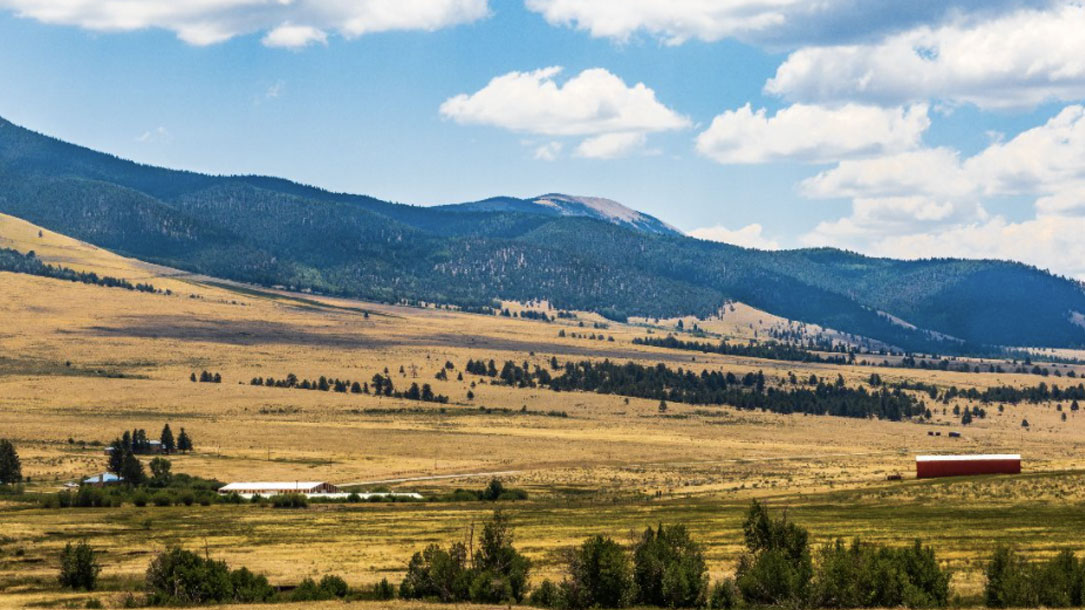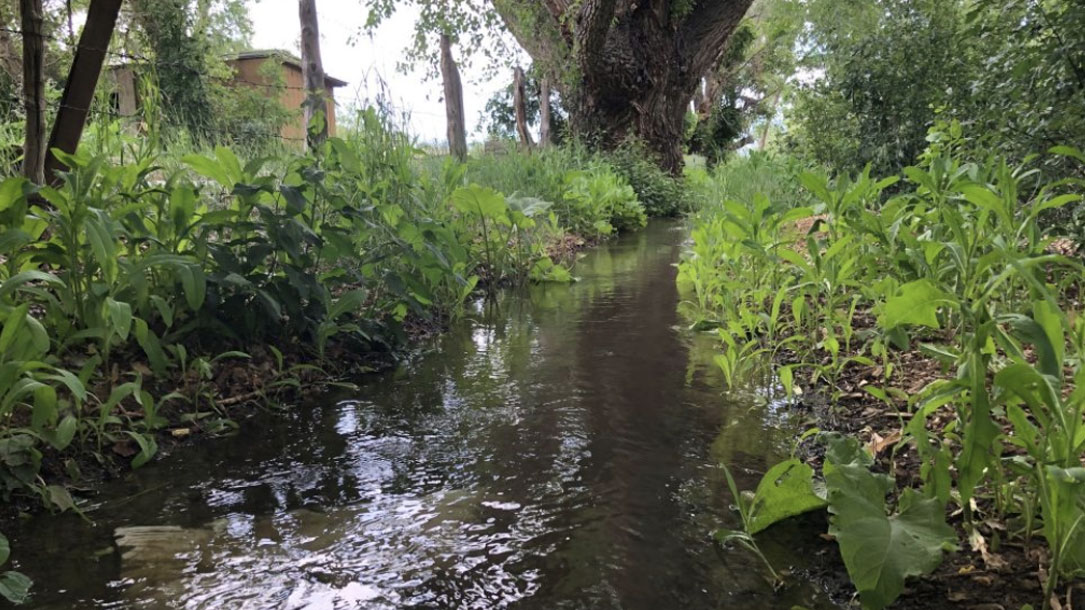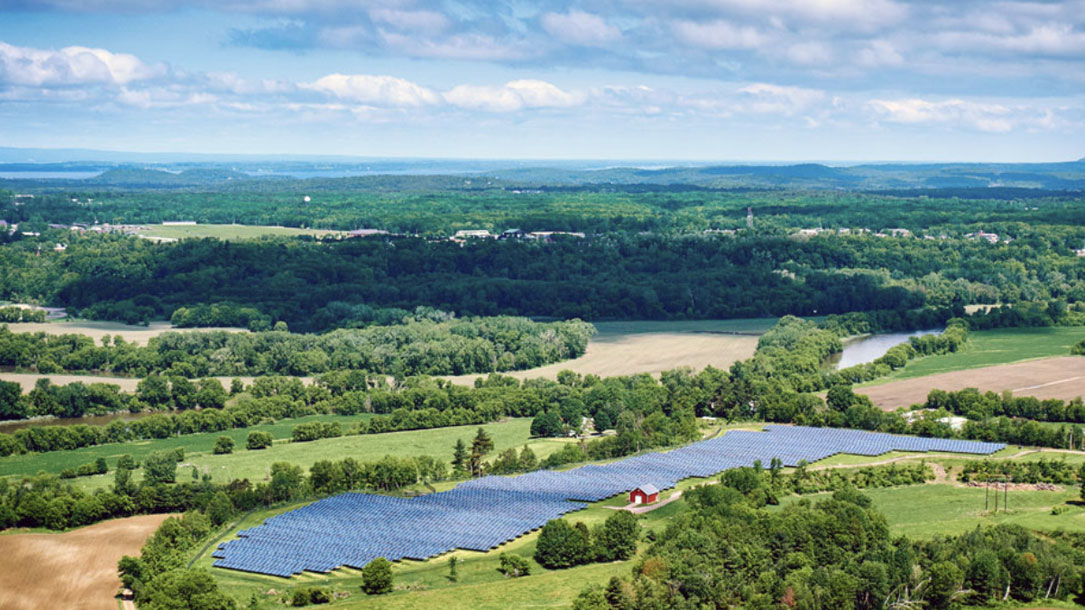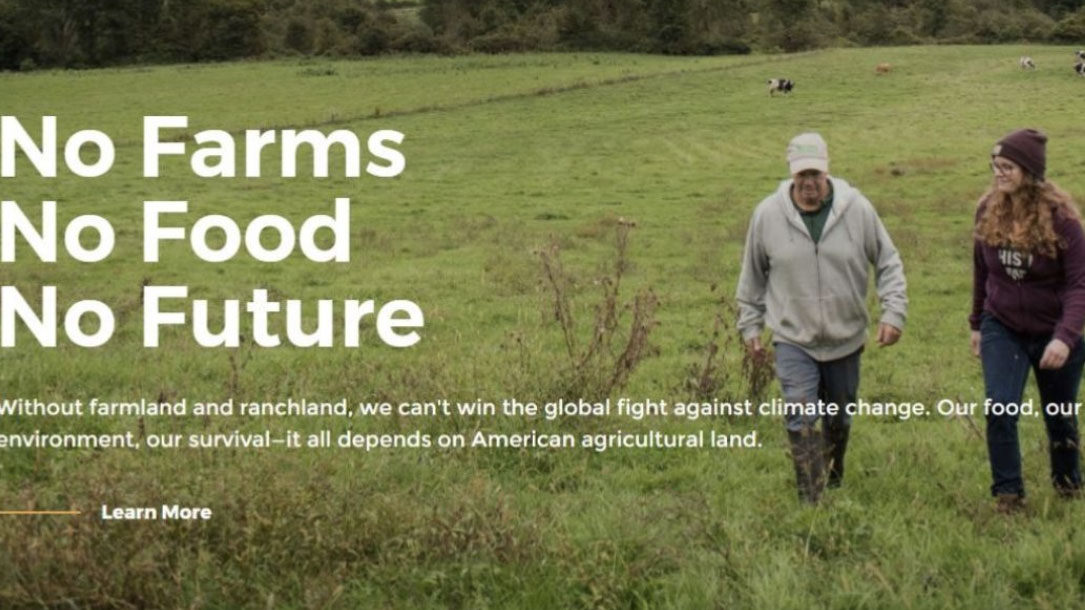
Working Lands Resiliency Initiative
Combined with increasing climate vulnerability, our valley is experiencing dramatic agricultural land loss. This threatens Taos’ agricultural heritage, disrupts a 400+ year-old acequia system, and challenges efforts towards ecological and community resilience.
The Working Lands Resiliency Initiative combines community organizing with research and advocacy to begin venturing solutions and support to protect Taos’ agricultural heritage and landscapes…

SoundCloud: Taos, acequias, water, and the Abeyta Settlement with Judy Torres – hosted by Jim O’Donnell
In this 45-minute interview, Taos Land Trust’s Jim O’Donnell talks with Judy Torres of the Taos Valley Acequia Association (TVAA) about irrigation in northern New Mexico, the Abeyta Settlement, the history of acequias, water in the valley and where we are headed.

Land is a critical resource, IPCC report says
Land is already under growing human pressure and climate change is adding to these pressures. At the same time, keeping global warming to well below 2ºC can be achieved only by reducing greenhouse gas emissions from all sectors including land and food, the Intergovernmental Panel on Climate Change (IPCC) said in its latest report on Thursday.

Why rivers matter in a changing climate
Conditions on the Maine coast are rapidly changing. The Gulf of Maine is warming faster than 95% of the world’s oceans; sea level is expected to rise six feet in the next fifty years; some of our roads and bridges are already under water at high tide; storms are increasing in intensity and frequency.
Here’s the good news: according to a report released by the United Nations in 2019, land conservation is one of the most important and effective methods of reducing the negative impacts of climate change…

Natural Climate Solutions
You might appreciate how Pacific Forest Trust is talking about natural climate solutions as they relate to forests — and the work of the land trust.
Check out their website pages related to climate change. Let me know how your land trust is talking about natural climate solutions and how they are part of the overall climate work that needs to be done.

Whitcomb Farm Solar
In conjunction with an easement from the Vermont Land Trust, the solar array will provide lease revenue to the farmers that will assist in keeping the farm in active agricultural use for generations to come.
Meg Armstrong, the owner of Witcomb Farm notes “We were thrilled with the outcome of our work with Encore on the siting of a solar array on our active dairy farm in Essex Junction, Vermont. Encore’s work resulted in an annual lease payment that provides us with the opportunity to improve our farmstead while preserving topsoil integrity. Farming has always involved land, sunlight, and water to produce value; we are pleased to be able to diversify our farming operations to include renewable electricity generation in addition to forage crops and dairy…”

The Nature Conservancy goes carbon neutral at Uplands Farm
The Nature Conservancy is pleased to announce its move toward 100% renewable energy at Uplands Farm Sanctuary, the 97-acre nature preserve that also serves as one of the organization’s Long Island offices.
The ambitious project, funded by the Green Mountain Energy Sun Club, includes rooftop solar, an electric vehicle charging station, and energy efficiency upgrades that will dramatically reduce Uplands Farm’s carbon footprint, making the preserve’s offices carbon-neutral on an annual basis. The upgrades are estimated to save more than 54 tons of carbon pollution, equivalent to the emissions from over 5,000 gallons of gasoline from gasoline-powered vehicles, each year…
The sustainable upgrades are part of the Conservancy’s continued efforts to tackle climate change in New York and around the world. The chronic flooding, stronger storms, and intense heat waves caused by climate change are already impacting communities statewide. The shift to renewable energy sources, such as solar and wind, is key to climate stability. The Conservancy is striving to achieve a low-carbon future through broad-scale policy change at the state and federal levels while developing and modeling solutions locally, such as those at the Uplands Farm Sanctuary…

470-acre Cayuga lakefront land bought by state to become wildlife area, solar energy plant
New York State Governor Kathy Hochul announced a land purchasing agreement has been reached between the Finger Lakes Land Trust and New York State Electric & Gas Corp. for the 470-acre Bell Station.
The state Department of Environmental Conservation and the Finger Lakes Land Trust will create a public wildlife management area on the lakeshore portion of the newly acquired property…

Farmers combat climate change
American Farmland Trust is committed to making U.S. agriculture climate neutral. To do so, we are elevating the role of farmers and farmland in adapting to and mitigating the effects of climate change. From policy leadership, coalition building, and training, to research and on-the-ground demonstration projects, we are working to scale up the adoption of regenerative and soil health-promoting agricultural systems…

Community forest, close to home
By conserving the Sanford Community Forest, Three Rivers Land Trust has protected one of the largest remaining natural areas within city limits from development. Land conservation like this safeguards ecological health, and ensures the availability of land for public recreation and traditional uses long into the future. The Community Forest also provides vital water quality protection in the Salmon Falls River watershed and carbon storage in its extensive forests, to slow down climate change…












